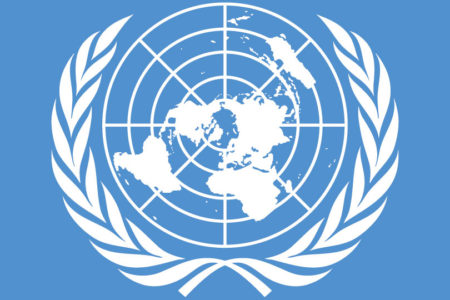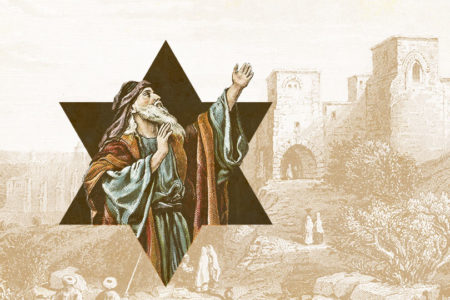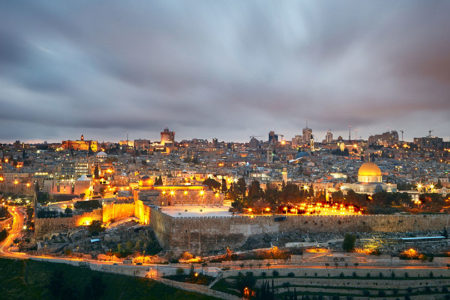Inside View Mar/Apr 2017
A friend of mine asked me, “Is there any way to make sense of the Middle East today?” There is so much turmoil. The entire region seems ablaze in conflict; and Syria, Iraq, Iran, Turkey, Lebanon, Saudi Arabia, Jordan, and Egypt are constantly in the news.
For sure, Islam is a common denominator, as tens of thousands of people have died and millions have been displaced from their homes due to this strife. However, making sense of today’s Middle East begins by going back in time.
For 400 years, from 1517 to 1917, the Middle East was a single, united Muslim region under the control of the Ottoman Turkish Empire. Ottoman control ended when Great Britain and France conquered the region in World War I.
Many of the modern Middle Eastern countries, such as Syria, Lebanon, Israel, and Jordan, did not exist until after WWI. At a conference in San Remo, Italy, in April 1920 that was attended by Great Britain, France, Italy, and Japan, the region was divided in accordance with the League of Nations mandate. Great Britain and France received control over various areas of the Middle East; and over time, they subdivided the region into the nation states we see on the map today.
So what does that have to do with what is happening now? Everything. The Muslims fighting for control of the Middle East all have a similar goal: to establish a caliphate, or Islamic state. They want to reunite the region under Islamic hegemony, similar to the way it was under the
Ottoman Empire, and erase the national borders created by the colonial powers.
This fact is true of Iran, Turkey, ISIS (or ISIL: Islamic State of Iraq and the Levant), and many smaller Muslim groups. Iran is trying to take over and unite the Middle East through military strength and terrorism. Turkey dreams of reviving the Ottoman Turkish Empire and, through political alliances, becoming the Muslim nation to lead a regional Muslim Middle East.
ISIS, on the other hand, is a grassroots terrorist organization that uses social media to mobilize Muslims to unite the area through brute force. Its displays of beheadings and mass executions are intended to intimidate its opponents. What we are witnessing is a battle for
control to bring about a united Muslim Middle East—and radical Islam is the tool.
A real transition is taking place that began with the so-called Arab Spring in 2010. With radical Islam’s deposing of Muammar Gaddafi in Libya and President Hosni Mubarak in Egypt, the Middle East is transitioning from dictatorial Islam to radical Islam. In Syria, radical Islam is trying to overthrow President Bashar al-Assad.
The rise of radical Islam began with the Iranian Revolution in 1979. Its success inspired numerous radical groups across the Middle East, and they are fueling the turmoil.
With so many radical Muslim groups clinging to the same dream, one must wonder whether God will permit any of them to win the day. Their vision is to conquer the Middle East for Islam; then to move on to Europe; and then to vanquish the “big Satan,” meaning the United States.
Since the United States has withdrawn its influence in the Middle East over the past years, Russia has stepped into the void, spreading its tentacles across the region.
In Ezekiel 38—39, we read of a time when many nations will make war against Israel, led by the ruler of Russia. These nations include many of Israel’s neighbors to the north and east and several from northern Africa. They come seeking to annihilate Israel and plunder its wealth.
What is unfolding in the Middle East may be a prelude to this coming conflict, referred to as the Battle of Gog and Magog. However, fret not for Israel, God says, because at the Battle of Gog and Magog, He will destroy the attacking armies in a single day. God is the one who watches over Israel, and He never slumbers nor sleeps (Ps. 121:4).








